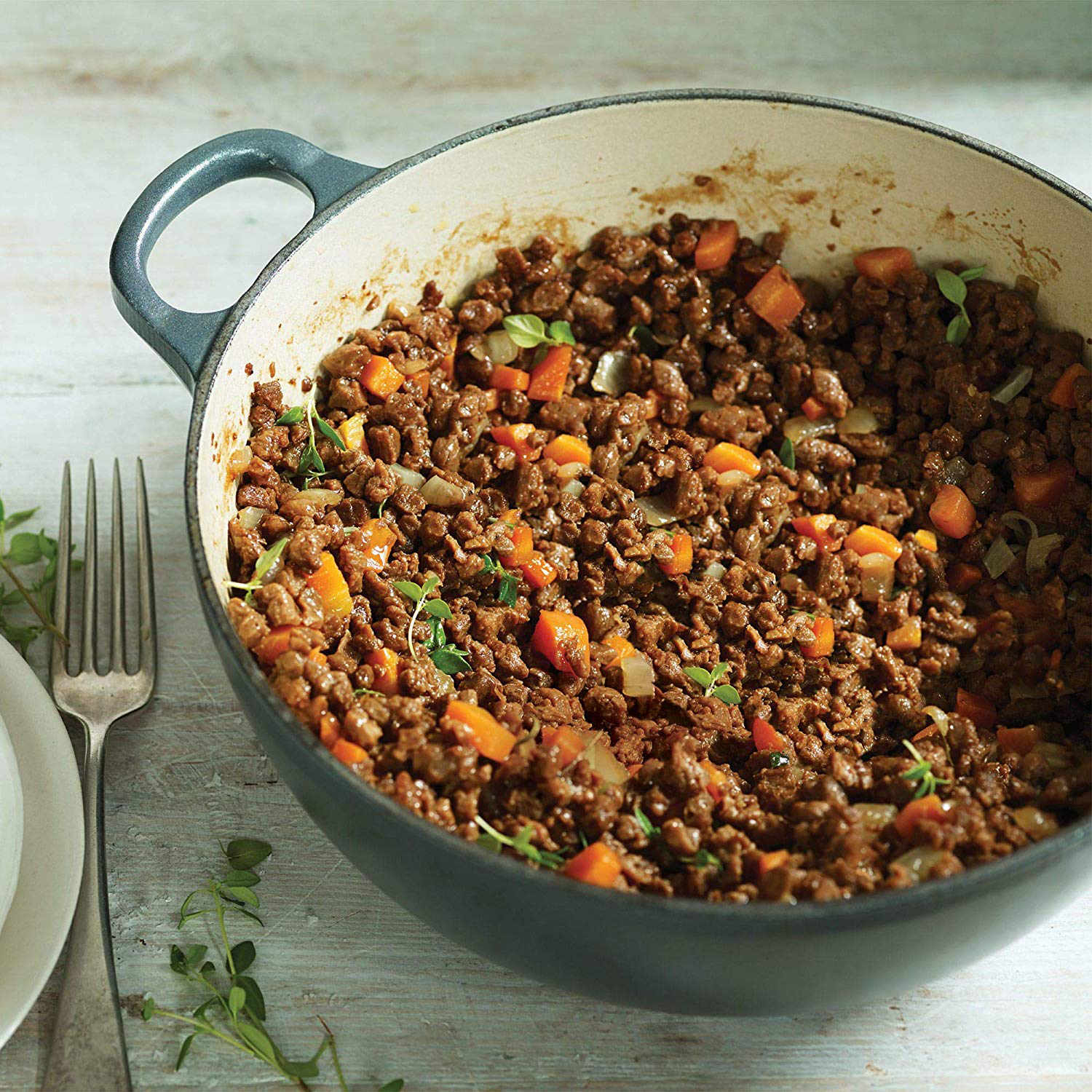Cooking Carne Picada on the Stove: A Flavorful Delight
I. Introduction
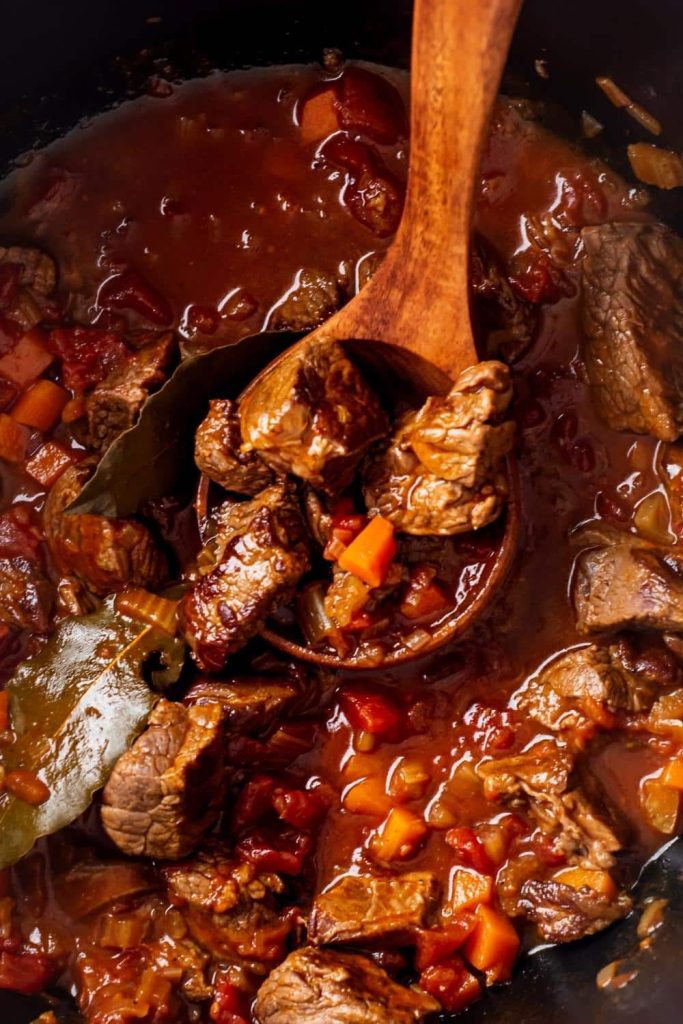
Carne Picada is a traditional Latin American dish that has gained popularity worldwide for its rich flavors and versatility. The name “carne picada” translates to “minced meat” in English, and it typically refers to thinly sliced or diced pieces of beef. This dish is known for its tender and flavorful meat, which is achieved through the use of specific cooking techniques and carefully selected ingredients. In this article, we will explore the art of cooking carne picada on the stove, highlighting the importance of choosing the right meat and marinating it to enhance its flavors.
II. Preparing the Ingredients
A. Choosing the Right Meat
When selecting meat for carne picada, it is important to choose lean cuts of beef. Lean cuts such as sirloin or flank steak are ideal for this dish, as they are tender and flavorful. It is important to look for meat with minimal fat content, as excess fat can lead to a greasy texture in the final dish.
Once you have chosen the right cut of meat, it is essential to trim any excess fat and silver skin. This helps in achieving a tender and melt-in-your-mouth texture when cooking the carne picada. After trimming, the meat should be cut into thin strips against the grain to ensure tenderness.
B. Marinating the Meat
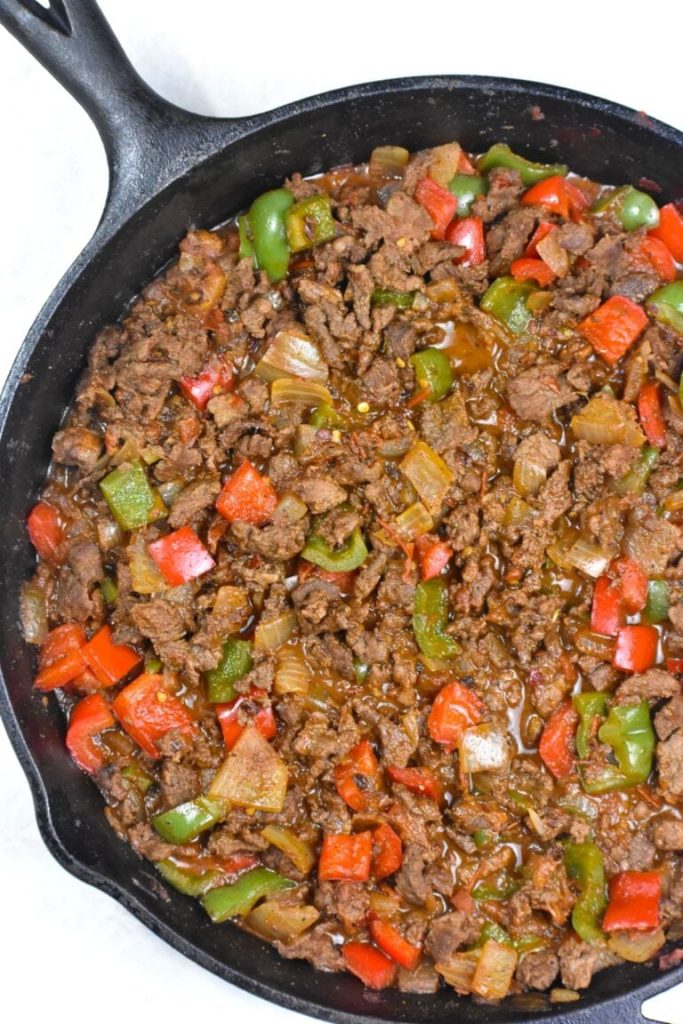
Marinating the meat is a crucial step in creating a flavorful carne picada. A good marinade not only adds flavor but also helps tenderize the meat. The marinade can consist of a combination of ingredients such as lime or lemon juice, soy sauce, Worcestershire sauce, garlic, onions, and various spices.
To marinate the meat, place the thinly sliced strips in a bowl or a ziplock bag along with the marinade. Allow the meat to marinate for at least 30 minutes, or up to overnight in the refrigerator. This process allows the flavors to infuse into the meat and tenderize it, resulting in a delicious and succulent carne picada.
III. Stovetop Cooking Methods
A. Searing the Meat
To begin cooking the carne picada, start by preheating a skillet or a frying pan over medium-high heat. Once the pan is hot, add a small amount of oil like olive oil or vegetable oil to prevent sticking. Working in batches, add the marinated meat to the hot pan in a single layer, ensuring not to overcrowd it.
Allow the meat to sear for a few minutes on each side until it develops a golden brown crust. Searing the meat not only enhances its flavors but also locks in the juices, resulting in tender and juicy carne picada.
B. Building Layers of Flavor
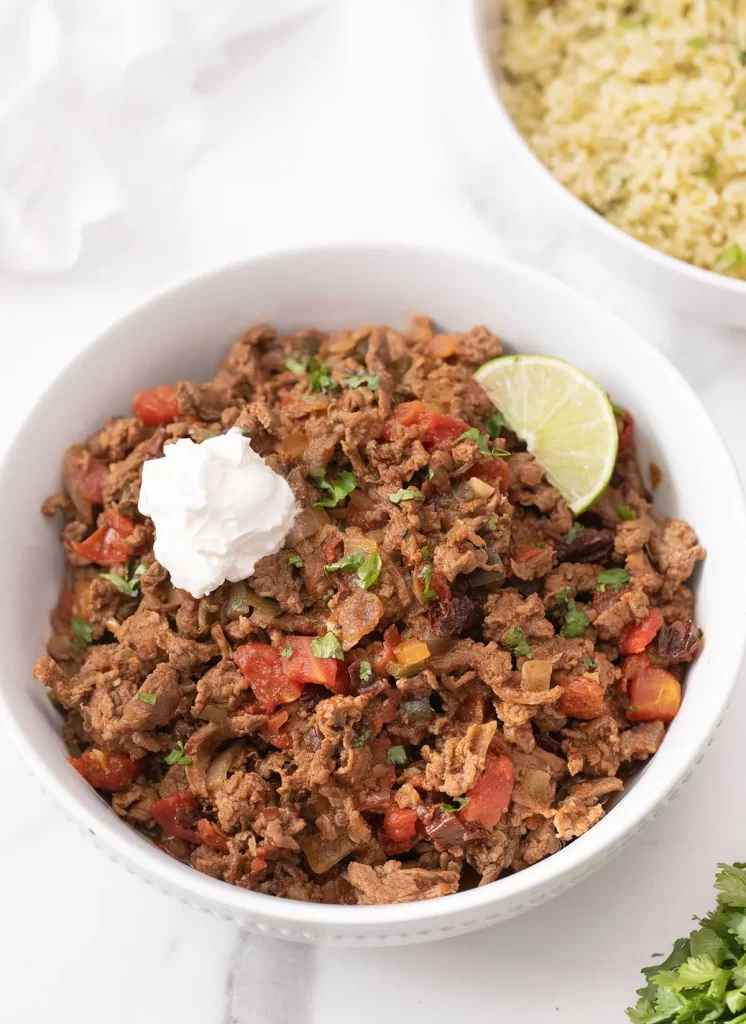
After the meat has been seared, it is time to add additional layers of flavor to the dish. Start by sautéing aromatic vegetables like onions and garlic in the same pan. This not only adds depth to the dish but also infuses the meat with their flavors.
To enhance the taste, spices and seasonings such as cumin, paprika, chili powder, oregano, and salt can be added at this stage. These ingredients add a burst of flavor and create a savory profile that complements the beef beautifully.
C. Simmering to Perfection
Once the vegetables and spices have been added, it is time to add a liquid component to the dish. This can be in the form of beef broth, tomato sauce, or even salsa, depending on personal preference. The liquid helps to simmer the meat, creating a tender and juicy texture.
Reduce the heat to low and cover the pan to allow the flavors to meld together and to ensure that the meat cooks evenly. Allow the carne picada to simmer for approximately 30 minutes, or until the meat is tender and infused with the flavors of the sauce.
IV. Enhancing the Dish
A. Adding Colorful Fresh Ingredients
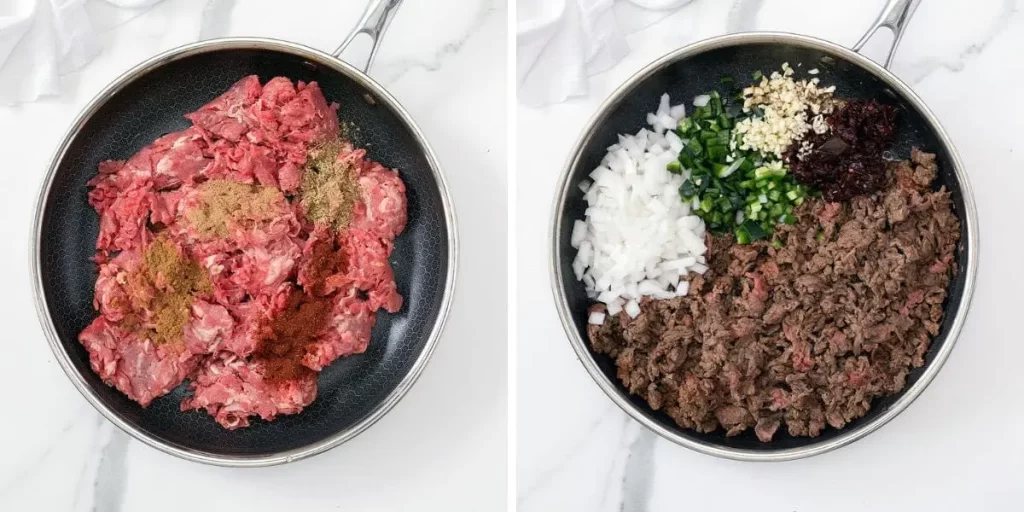
To add vibrancy and freshness to the carne picada, consider adding colorful vegetables such as bell peppers, tomatoes, or cilantro. These ingredients not only add visual appeal but also contribute to the overall taste and texture of the dish.
It is important to time the addition of the vegetables carefully to retain their crunch and freshness. Typically, they are added towards the end of the cooking process, allowing them to cook slightly while still maintaining their texture and flavors.
B. Serving Suggestions
Carne picada can be served in a variety of ways, depending on personal preference. The traditional method is to serve it with warm tortillas, allowing diners to assemble their own tacos or burritos. Alternatively, it can be served over rice or alongside beans for a hearty and satisfying meal.
Garnishing options such as sour cream, guacamole, shredded cheese, or salsa can be added to enhance both the visual appeal and flavors of the dish. These toppings can be customized based on personal preferences and taste preferences.
III. Stovetop Cooking Methods
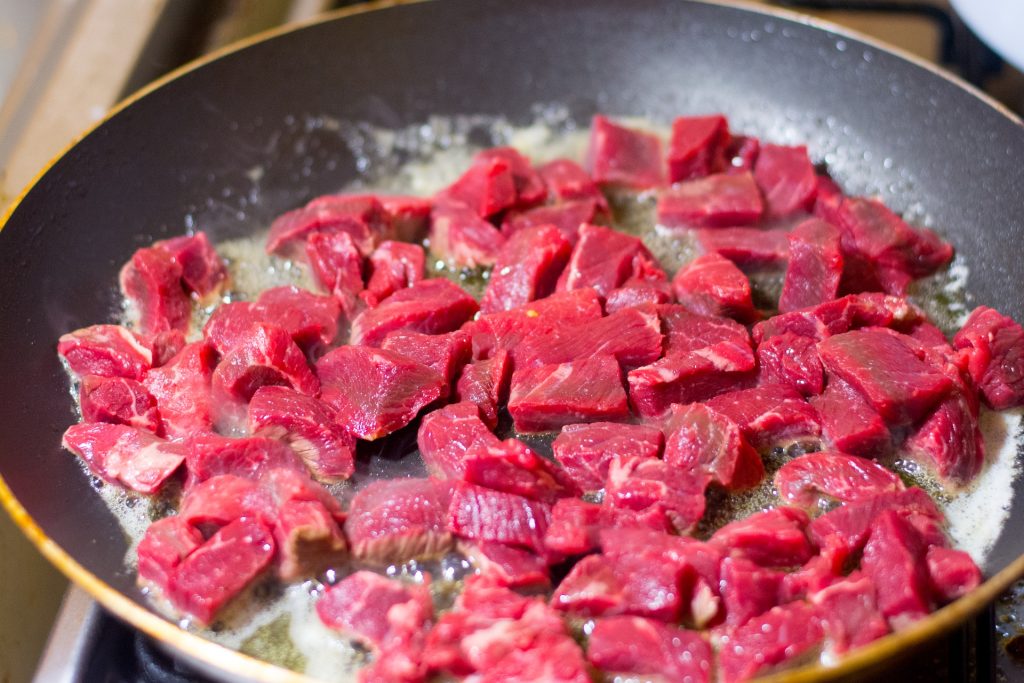
- Searing the Meat
One of the first steps in stovetop cooking is searing the meat. This process involves preheating a pan and adding oil before browning the meat strips. This helps to enhance the flavors of the meat and creates a delicious crust that adds depth to the dish. Properly browning the meat is key to achieving the desired flavor and texture, so be sure to pay attention to this step. - Building Layers of Flavor
After searing the meat, it’s time to build layers of flavor by sautéing aromatic vegetables like onions and garlic. These vegetables add depth and complexity to the dish, and when combined with spices and seasonings, they elevate the taste to new heights. Take your time with this step and allow the flavors to develop and meld together for a truly delicious result. - Simmering to Perfection
Once the meat and vegetables have been properly sautéed, it’s time to incorporate liquid, such as broth or salsa, and adjust the heat levels for simmering the meat until it’s tender. This slow cooking process allows the flavors to intensify and the meat to become melt-in-your-mouth delicious. Be patient during this step, as it’s well worth the wait. - Enhancing the Dish
To add even more appeal to your stovetop-cooked dish, consider adding colorful fresh ingredients such as bell peppers, tomatoes, or cilantro. Not only do these ingredients add a vibrant pop of color, but they also contribute to the overall flavor profile of the dish. Timing the addition of these vegetables is crucial to retaining their texture and flavors, so be mindful of when to add them to the mix.
In conclusion, stovetop cooking methods are a fantastic way to create flavorful and delicious dishes. Whether you’re searing meat, building layers of flavor, simmering ingredients, or adding the finishing touches, these techniques can elevate any meal to a whole new level. With a little attention to detail and some patience, you can create dishes that are sure to impress. So, dust off your stovetop and get cooking – your taste buds will thank you!
